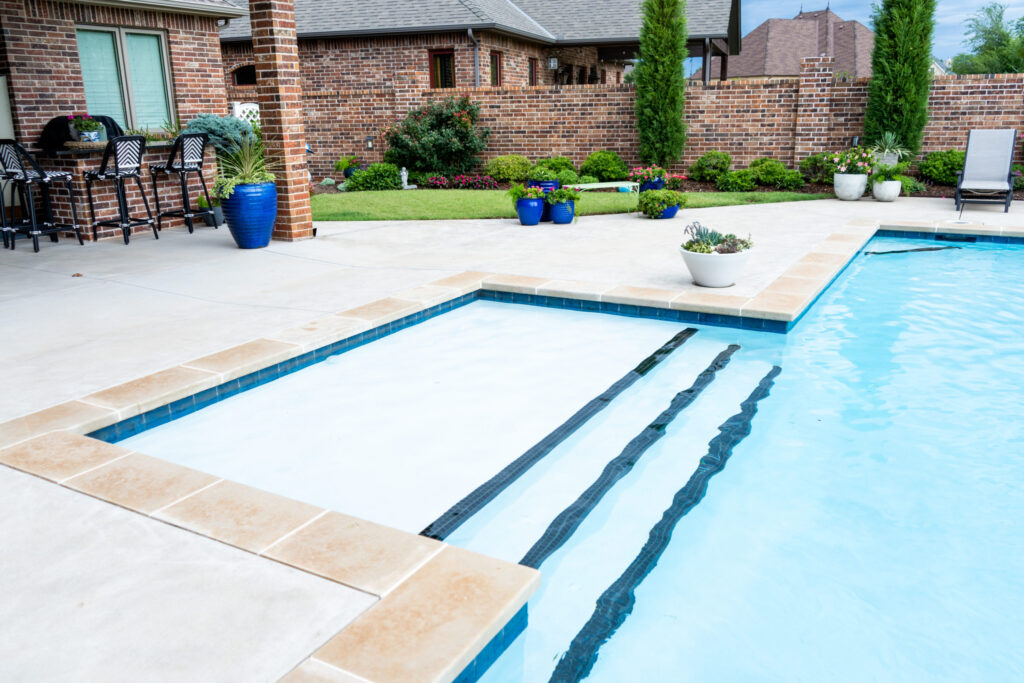The Real Cost of Cracked Plaster on Gunite Pools

Cracked plaster on gunite pools is a problem many pool owners see. Even one small crack can lead to water leaks, higher bills, and bigger repairs. This blog will explain the reasons behind these cracks, what they really cost you, and smart ways to fix them for good.
Key Takeaways
- Cracked plaster in gunite pools leads to water leaks, higher bills, and bigger repairs. Even a small crack can turn into a big problem if ignored.
- Causes of cracks include shifting soil, temperature changes, poor construction, and freeze-thaw cycles.
- Using protective coatings like ecoFINISH after repairs helps prevent future damage.
- Regular maintenance and fast leak fixes save money over time.
Causes and Types of Plaster Cracks in Gunite Pools
Shifting soil, temperature swings, and bad pool construction cause many plaster cracks in gunite pools. Heavy rain makes the ground swell or shrink. This pushes or pulls at your pool shell.
You might see spiderweb cracks on the surface—these are called “crazing.” Poor mixing of plaster leads to these lines.
Bigger gaps like structural cracks happen if the steel frame inside rusts or if builders skip proper steps with construction materials during gunite pool repair. Water leaking out can point to deeper damage needing urgent crack repair, not just patching.
Some splits form as hairlines; others get wide fast from water damage and freeze-thaw cycles, raising both renovation expenses and risk for future structural integrity problems.
Financial Costs of Cracked Plaster
Cracked pool plaster leads to higher costs—fast repairs save money. Here’s a breakdown.
| Expense | Estimated Cost | What Happens |
|---|---|---|
| Small Crack Patching | $100 – $350 per crack | Quick fix, but cracks often reappear if not addressed early. |
| Major Plaster Repair | $2,500 – $5,000 | Larger cracks need heavy labor and bigger material costs. |
| Pool Water Loss | Hundreds of dollars per season | Water seeps out. Water bills and chemical loss add up. |
| Surface Replastering | $7,000 – $10,000 | Ignored cracks speed up full resealing needs. This is the big bill. |
What to Do After You Repair The Cracks

Fixing cracks is only half the battle—protecting your pool surface afterward is what prevents them from coming back. That’s where aquaBRIGHT, an ecoFINISH coating, makes a big difference.
aquaBRIGHT is a thermoplastic finish applied with a flame-spray process that creates a strong, flexible surface over your repaired plaster. Unlike traditional plaster or paint, aquaBRIGHT resists chemical damage, staining, and scaling while providing a smooth, long-lasting layer of protection. Its flexibility helps absorb minor movement in the pool shell, reducing the risk of new cracks forming.
Beyond durability, aquaBRIGHT also enhances your pool’s appearance. Available in a range of colors, it delivers a vibrant, uniform finish that won’t fade quickly under sun exposure. Plus, it requires less maintenance and keeps water chemistry more stable, saving you time and money in the long run.
Conclusion
Cracked plaster on gunite pools can cost you more than you think. Repairing these cracks is important for the pool’s look and safety. Ignoring them may lead to water damage or bigger problems down the line.
Regular maintenance will help keep your pool in great shape, saving money in the long run. Take care of those cracks and enjoy your pool worry-free!
